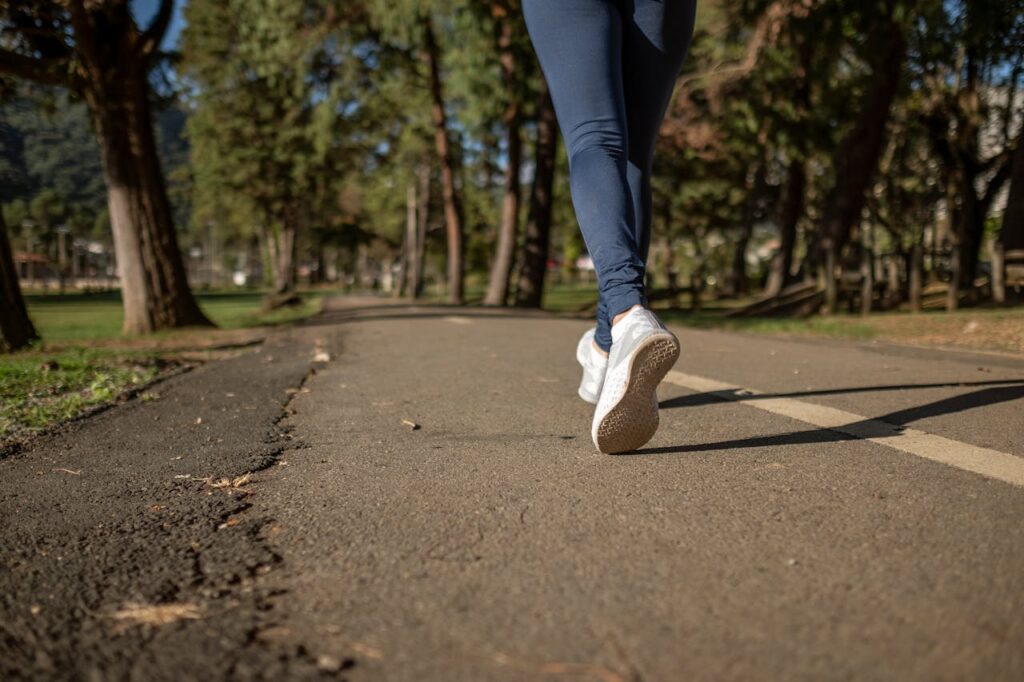Key Takeaways
- The footwear industry is increasingly adopting sustainable practices to reduce environmental impact.
- Innovations include using recycled materials, biodegradable components, and plant-based alternatives.
- Collaborative efforts among brands are accelerating the shift towards a circular economy in footwear.
The footwear industry is undergoing a powerful transformation as sustainability takes center stage. Once dominated by fast fashion and resource-heavy materials, the market is shifting toward eco-conscious design, ethical production, and long-lasting quality. Consumers are increasingly aware of the environmental impact of their purchases, prompting brands to rethink how shoes are made, marketed, and worn.
For conscious shoppers, finding affordable shoes for every occasion has never been easier, as leading brands now combine sustainability with accessibility and a keen sense of style. From recycled materials and biodegradable soles to low-waste manufacturing methods, these innovations are making a tangible difference. What was once a niche market is now a global movement, reshaping consumer expectations and inspiring responsible choices. Sustainable footwear isn’t just about protecting the planet—it’s about redefining comfort, durability, and aesthetics. As this shift continues, it’s clear that how we walk is being changed—step by mindful step.
Embracing Recycled Materials
Using recycled materials in footwear is gaining momentum, particularly in the performance and casual wear sectors. Leading companies are transforming marine plastic waste and repurposed bottles into high-performance sneakers, diverting tons of trash from the environment and showcasing how fashion can be a force for good. Entire lines of shoes are now being made from post-consumer materials like plastic bottles, giving new life to what would otherwise be landfill waste. These innovations make it easier for consumers to find affordable shoes for every occasion without compromising sustainability or style.
These shoes appeal to environmentally conscious consumers who value comfortable, durable footwear. Smaller manufacturers also adopt eco-friendly practices by using foam from recycled products for cushioned midsoles, old tires for rubber soles, and reclaimed textiles for linings. As demand for responsibly produced goods grows, footwear made from recycled and upcycled materials is becoming a mainstay in the market. Greater supply chain transparency is also emerging, allowing customers to trace materials and support ethical sourcing.
Innovations in Biodegradable Components

Brands are focusing on creating biodegradable footwear to reduce the environmental impact of discarded shoes. Innovators and materials science startups are working on fully compostable sneakers, which can break down in industrial composting environments in under 90 days. This is a significant improvement from conventional shoes that take centuries to decompose in landfills. The focus is not limited to uppers and outsoles, but also includes researching earth-friendly adhesives and glues. Companies strive to minimize their environmental legacy as regulatory pressure increases and eco-consciousness becomes normalized.
Plant-Based Alternatives
Plant-based alternatives are revolutionizing the footwear industry, with brands using bio-based materials like castor beans, eucalyptus fibers, algae, and natural rubber. These eco-friendly materials offer comfort and flexibility, reducing environmental costs and enhancing performance. Other sustainable materials include mushroom-derived leather, pineapple leaf fiber, hemp canvas, and cork, which are biodegradable and offer a viable alternative to animal-based and petroleum-derived materials. This trend signifies a broader shift towards choosing what’s best for people and the planet.
Designers also experiment with botanical dyes and solvent-free processes to reduce harmful chemical use. These plant-based options minimize environmental impact and create a unique, organic look and feel that resonates with eco-conscious consumers. This increased versatility allows for a broader range of styles and price points, proving that green fashion can be inclusive and accessible.
Collaborative Efforts for a Circular Economy
Real and lasting industry transformation often hinges on collaboration, not just competition. Brands are coming together in unprecedented ways to address global challenges. Initiatives unite members to accelerate progress toward a truly circular economy. By sharing data, resources, and best practices, these alliances enable progress at a scale no single company could realize alone. Working together to streamline materials, improve manufacturing, and reduce waste sends a powerful message to industry insiders and customers.
At the heart of these collaborations, the circular economy model focuses on reusing valuable materials, designing products for long lifespans, and establishing take-back or recycling programs for worn-out shoes. These strategies reduce dependence on virgin resources and help combat mountains of footwear waste. As more brands join circularity initiatives and governments set stronger regulations around product responsibility, the pace of industry-wide change continues to build momentum.
Consumer Influence and Demand

The movement toward sustainable footwear owes much to the rising expectations and purchasing power of consumers. Today’s shoppers want to understand the environmental and social implications of the items they buy. Many now prefer companies that offer full transparency about their practices and commit to measurable improvements.
For instance, Allbirds labels every shoe with its calculated carbon footprint, providing shoppers with a clear, honest assessment of environmental impact. Such radical openness empowers customers to make informed choices and encourages brands across the market to invest in sustainability.
More companies are providing clear information about sourcing, eco-credentials, and ethical labor practices in response to this growing demand for accountability. As green products become more widely available and affordable, brands are scaling up to reach value-driven buyers while focusing on aesthetics and function. This dynamic relationship between consumer influence and corporate innovation accelerates the sector’s overall shift toward sustainability.
Challenges and Future Directions
Despite impressive achievements, significant challenges persist on the road to fully sustainable footwear. Balancing durability, comfort, and affordability with biodegradability or recyclability poses real technical hurdles for engineers and designers. Furthermore, the lack of consistent infrastructure for collecting, sorting, and processing end-of-life shoes remains a major barrier, often leaving well-intentioned products in landfills regardless of their material makeup. Overcoming these obstacles requires continued investment in both material science and systems innovation.
Industry leaders are optimistic, however, about the potential of ongoing research, inter-company partnerships, and consumer education to support long-term change. As technological advances accumulate and best practices spread, the industry is becoming better equipped to deliver shoes that are greener, smarter, and more aligned with the circular economy model.
Conclusion
From recycled plastics and post-consumer components to renewable plant-based materials and fully compostable shoes, the sustainable footwear movement is gaining speed and depth. New collaborations, technology breakthroughs, and a more determined consumer base shape how shoes are designed, manufactured, purchased, and retired. With values and affordability increasingly intertwined, this transition means it genuinely is possible to discover well-made, stylish, and eco-friendly footwear for any need. As we move forward, sustainable footwear’s ongoing evolution will keep inspiring—and empowering—people to make better choices for their feet and the planet.








